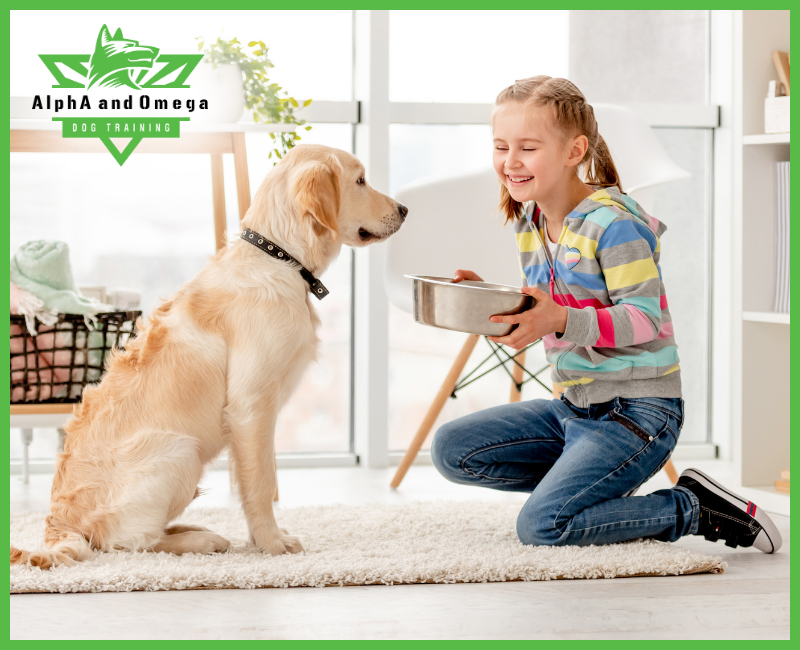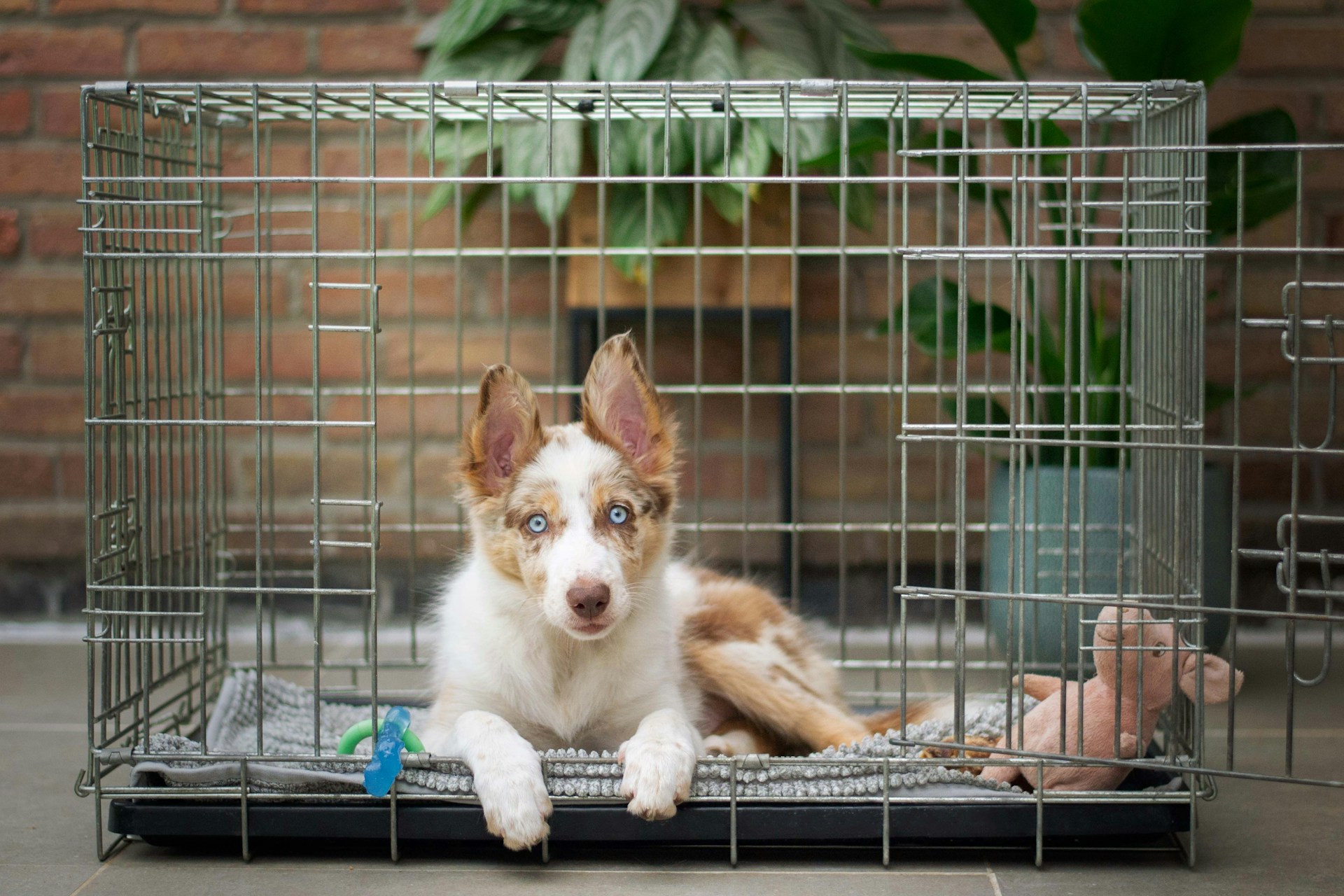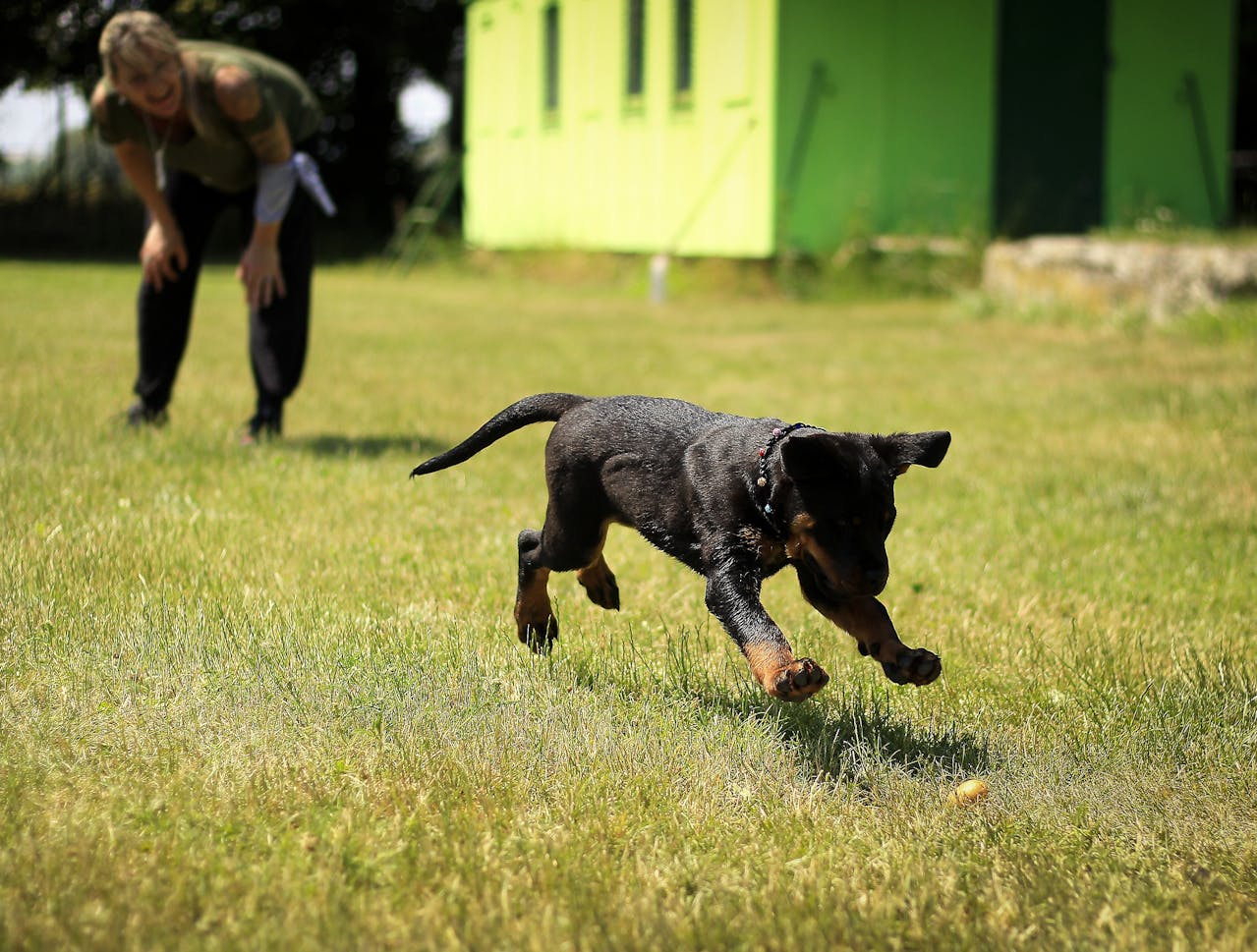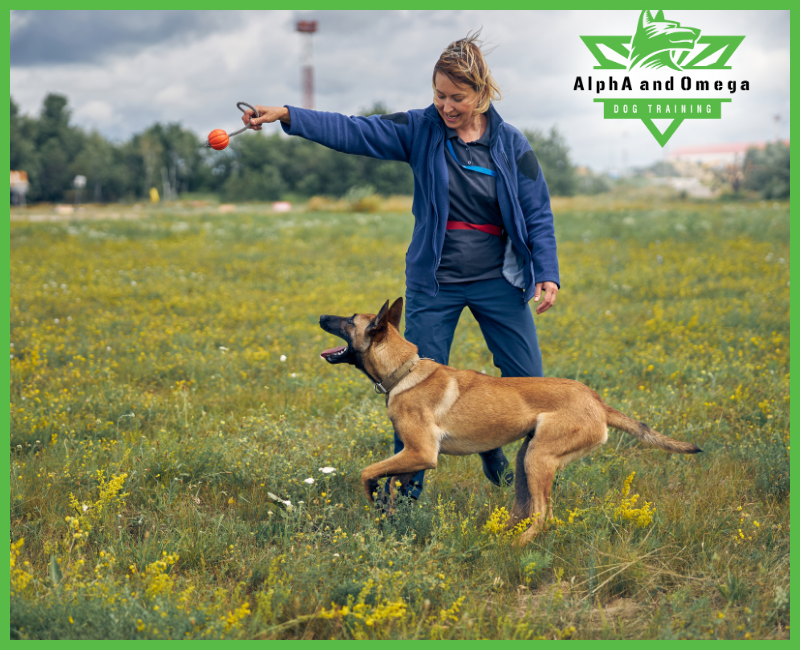
Mealtime with your furry friend shouldn’t be a source of stress! Learn to establish a consistent feeding routine, with everything you need to know to ensure your dog receives the right food peacefully and enjoyably. And if you encounter food guarding or other aggressive behavior — you don’t have to tolerate that, and actually you absolutely should curtail it quickly. There are methods we use, personalized to your unique situation. We can help!
Feeding Time: How Often and How Much?
Do you feel guilty eating three yummy meals a day plus snacks while your dog just gets one or two scoops of dry kibble?It doesn’t have to be that way.There are several healthy ways to feed your dog, depending on its individual needs. Here are the top three:
For dogs who are a healthy weight and aren’t having accidents in the house, you may be able to use the free-choice feeding method.
This means you leave food out all day and let your dog graze. This can be a good method for highly active dogs that are burning more calories than their couch-potato friends.
If you are leaving food out all day for your dog to nibble on, use dry food, which won’t spoil.
If you have a nursing dog, they will probably be fed by the free-choice method. Dogs who are nursing need many calories to produce a constant flow of milk for their pups.
Downsides: Leaving dog food out all day could attract insects, rodents, or raccoons. That’s especially the case if you feed your dog outside, so be on the lookout.And if you have more than one pet, they may bicker over the food. Also, this method is not for dogs that are diabetic.
For the dog who would never stop eating, use the portion control method. First, ask your vet what your dog’s ideal weight is. If you are using a commercial dog food, feed your dog the amount printed on the bag that fits with its ideal weight. Sometimes, however, the suggested amount is more than your dog needs. Your veterinarian can calculate the exact amount to feed.
You can feed your dog one or two times a day. It’s best to do it twice daily at 8-12 hour intervals. If you’re doing it this way, split the suggested amount found on the bag or you’ll feed it double what it needs.
If you’re not worried about your dog overeating but don’t want to leave the food out all day, use the timed feeding method. This means you give the dog a certain amount of time, like 30 minutes, to eat. When time’s up, throw out whatever they haven’t eaten.
When you offer food again 8-12 hours later, your dog will be hungry and ready to eat.
Dog treats should make up 5% to 10% or less of your dog’s daily diet. Ask your vet about the number of treats this means for your dog. It’ll vary based on their weight and activity level.
If you need to use treats frequently for training, use very small pieces. You can also set aside some of your dog’s daily portion of kibbles to use as “treats” when you train.
Using the guidelines on a commercial pet food label should be a starting point for deciding how much to feed your dog. If they seem hungry all the time, you may need to feed them more. Beware that some dogs will always seem hungryand are already overweight. You may need to use a diet food that is more filling to them.
The amount of food your dog needs may change if:
- Your dog becomes more active or is pregnant or nursing.
- The weather is very hot or cold.
- Your dog is recovering from surgery or an infection.
Before giving them more food, make sure they are not just looking for attention and love. And if they are, serve that up instead.
Is mealtime a battleground? Discover how a consistent routine and positive reinforcement can transform mealtime for both you and your pup. Then, let the expert trainers at AlphA and Omega Dog Training help you build a strong foundation for good behavior! Call us today at (844) 739-0990 and click here to visit our Instagram for more tips and tricks.
Reference: [ https://www.webmd.com/pets/dogs/feeding-time ]






